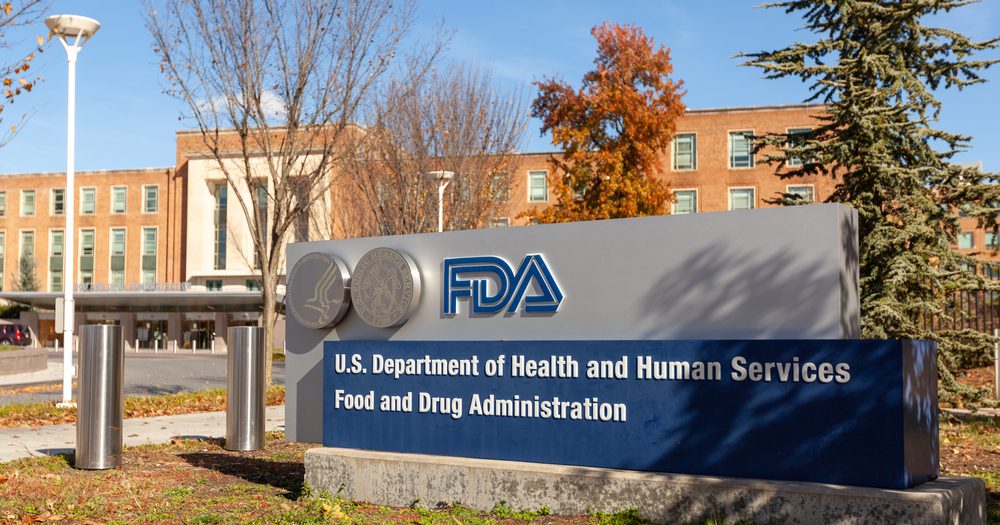US FDA to clear 1,000+ clinical AI algorithms by end of the year

The rapid advancement of artificial intelligence (AI) in healthcare is becoming increasingly evident, with the U.S. Food and Drug Administration (FDA) on track to clear over 1,000 clinical AI algorithms by the end of this year. This surge in approvals highlights the growing integration of AI into patient care, particularly within specific medical specialties such as radiology and cardiology.
As of July 2024, the FDA has already approved 950 different AI algorithms, a significant increase from when the agency first began this process in 1996. The exponential growth of AI in healthcare raises important questions about its impact, regulation, and the future of clinical and non-clinical AI applications.
How does it work?
AI algorithms are designed to assist healthcare professionals in making more accurate and efficient decisions by analyzing complex medical data. These algorithms are often embedded in medical devices or software platforms, where they can interpret medical images, predict patient outcomes, or optimize treatment plans.
Radiology has seen the most significant impact from AI, with 723 out of 950 FDA-cleared algorithms dedicated to this field. These AI tools help radiologists by automating image analysis, highlighting areas of concern, and reducing the time needed to interpret scans.
Other specialties, such as cardiology and neurology, are also benefiting from AI, with algorithms that enhance cardiovascular imaging and neurological diagnostics.
Why does it matter?
The FDA's rapid approval of AI algorithms underscores the technology's potential to revolutionize healthcare. By automating routine tasks and providing decision support, AI can improve diagnostic accuracy, reduce human error, and enhance patient outcomes.
As FDA Commissioner Robert M. Califf, MD, noted, "AI can strengthen our operational systems and bring increased productivity, opportunity, and efficiency to our work."
This is beneficial for healthcare providers as well as patients who receive faster, more accurate diagnoses and treatments. Moreover, as AI continues to evolve, it is likely to play an even more significant role in drug development, clinical trials, and post-market surveillance, further transforming the healthcare landscape.
The context
The FDA's journey with AI began in 1996, when it approved the first clinical AI algorithms. For the next 20 years, progress was slow, with only 33 models cleared by 2016. However, the pace of approvals has accelerated dramatically in recent years, with 107 algorithms approved in 2024 alone. This shift reflects the broader trend of AI adoption across various industries, particularly in healthcare. Radiology, in particular, has been a leader in this space, accounting for 76% of all FDA-cleared AI algorithms. Cardiology and neurology follow, though their combined share is still a fraction of radiology's dominance.
As AI continues to integrate into both clinical and non-clinical systems, the lines between these categories are becoming increasingly blurred. For example, AI applications that support clinical decision-making or streamline the data physicians need to review are sometimes subject to FDA regulation. The FDA is considering expanding its oversight to include more non-clinical AI applications, especially those impacting patient care. In April 2023, the agency issued draft guidance on marketing submissions for AI/ML-enabled devices, signaling its intention to keep pace with the rapidly evolving AI landscape.
As AI's role in healthcare grows, the FDA itself is exploring how these technologies can streamline its regulatory processes. This self-adoption of AI could lead to more efficient reviews and approvals, ultimately benefiting both the agency and the public by accelerating the availability of new AI-driven healthcare solutions.
💡Did you know?
You can take your DHArab experience to the next level with our Premium Membership.👉 Click here to learn more
🛠️Featured tool
 Easy-Peasy
Easy-Peasy
An all-in-one AI tool offering the ability to build no-code AI Bots, create articles & social media posts, convert text into natural speech in 40+ languages, create and edit images, generate videos, and more.
👉 Click here to learn more


